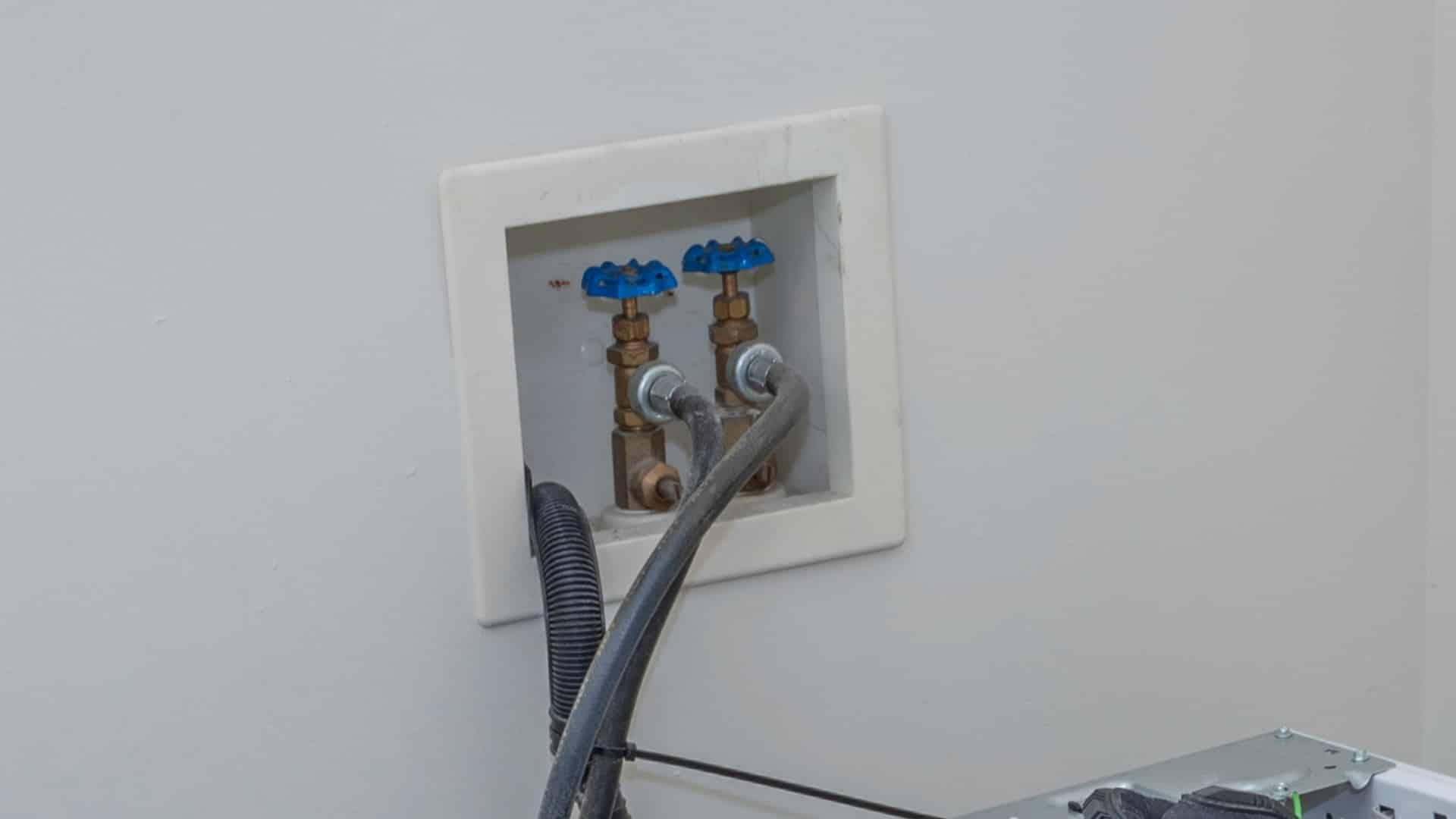
It can be incredibly frustrating when you are trying to get your laundry done and you discover that your washing machine is not draining. There can be multiple causes for this issue. In this article, we go through the possible causes step-by-step to enable you to solve this issue and have your washing machine working again.
First, you need to eliminate the two most simple issues by trying these two solutions:
1. Reset your washing machine
Shut off the washing machine’s power for roughly a minute, then reconnect the appliance. To instruct the washing machine’s computer to restart everything, open and shut the door six times within a 12 second period. If your system is capable of using this method, it’s a simple remedy, although it will only work on certain models.
2. Check that the lid is closing properly
Top-loading washing machines will only drain and spin if the lid is properly closed, and this is determined by the lid switch assembly. As a result, a faulty lid switch assembly could be the source of the issue.
To test if this is your issue:
- Try to depress the lid switch with your finger and see if the machine responds by starting to drain.
- If this causes the drum to drain, you may only need to adjust the way the lid sits on the machine in order to get your washing machine draining again.
- If you press the lid switch and nothing happens, that means the lid switch assembly is unlikely to be the cause of the issue.
3. Check for kinks in the drainage hose
Once you have ruled out the two solutions above, the next steps are to have a more in-depth look at why the machine is not draining.
To check if the issue is with the drainage hose, follow these steps:
- Disconnect your washing machine from the power source.
- Locate the drainage hose. This can be found at the back of the machine.
- Check for bends or kinks in the drainage hose. This could be the cause of the machine not draining. If you find any, simply straighten the hose. This should then lead to the machine starting to drain.
- If there are no bends or kinks, you will need to look further to find the cause of your problem.
4. Check for blockages in the drainage hose
Blockages in the drainage hose can be to blame for a washing machine that doesn’t drain.
To check if this is the problem:
- You will have to disconnect the drainage hose, but first, ensure not to flood your laundry room. Scoop out as much water as possible from the barrel of your washing machine, and line the floor with towels in order to catch any runoff. Then disconnect the drainage hose. It will be joined to the washing machine with clamps.
- You can check for a clog by looking into the hose. Sometimes a small item of clothing, such as a child’s sock, can be sucked into the drainage hose and cause a blockage. If you find a clog, use pliers to remove it from the hose, then return the drainage hose to its place.
- If the machine is still not draining, you will need to move on to the next step.
5. Examine the drain pump
Once you have ruled out an issue with the drainage hose, the next thing to investigate is the drain pump. You need to examine the pump to determine if it has a leak, a damaged belt or impeller, or a clog. This is a little more complicated than the previous steps, but you can look at the manual for your washing machine in order to find out where your drain pump is located and how to remove it.
- If the issue is a clog within your drain pump, you can remove the clog and that will solve the issue.
- If the pump is damaged in some way, this will need to be replaced. There will usually be some additional indications that the drain pump is damaged, such as leaks from your machine or unusual noises when the machine is running. You can order a replacement part from your washing machine manufacturer.
- Once you have cleared the clog or replaced the damaged pump, your washing machine should be able to drain freely.
6. Check for a blockage in the coin trap
To prevent foreign objects from entering the drain, certain washing machines incorporate coin traps.
- Coin traps typically include a panel that is made to pop off for easy access, although some will require a screwdriver to remove.
- If there is a lot of debris in the coin trap, such as coins, tissue, or hair, cleaning it out may allow your machine to drain freely once more.
- You can now plug your washing machine back into the power and turn it on. If the washing machine drains, the problem is fixed
Once you have gone through all the above steps, you should be able to pinpoint what is causing your washing machine not to drain. You can then take steps to fix the issue and soon have your washing machine back in perfect working order.

Why Is My Microwave Sparking?
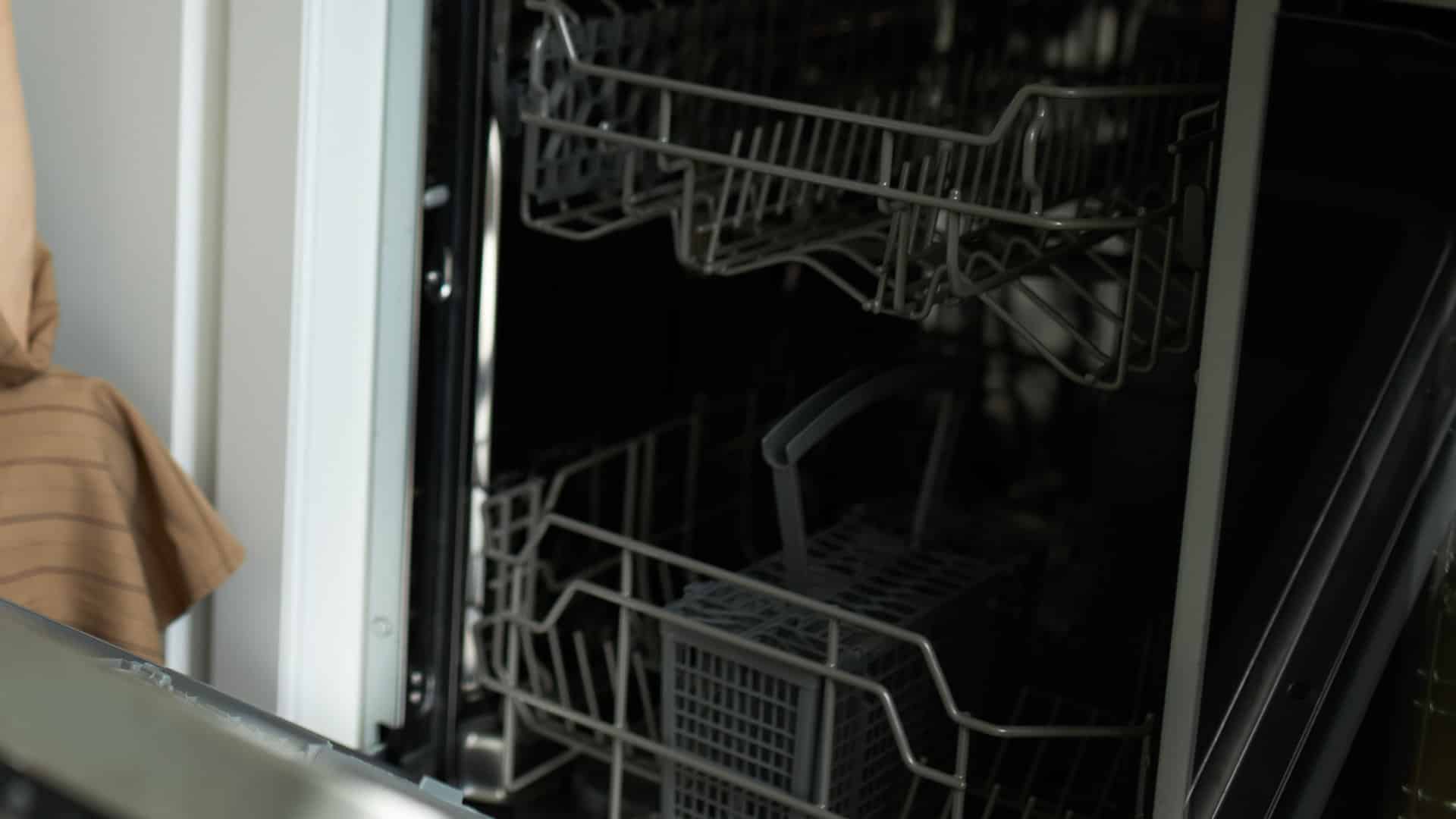
Understanding Frigidaire Dishwasher Error Codes
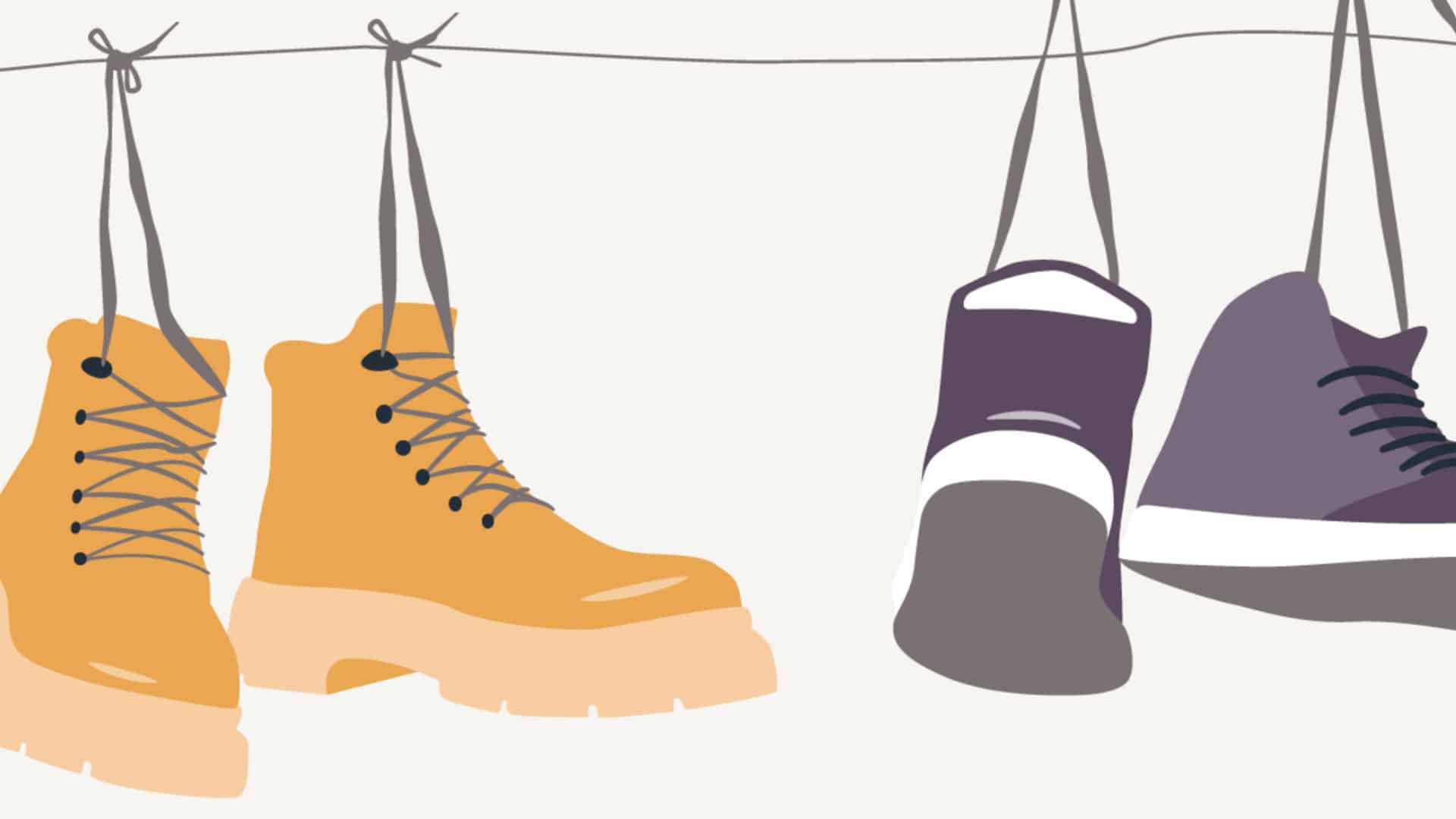
How to Dry Shoes in Dryer Without Damaging Them
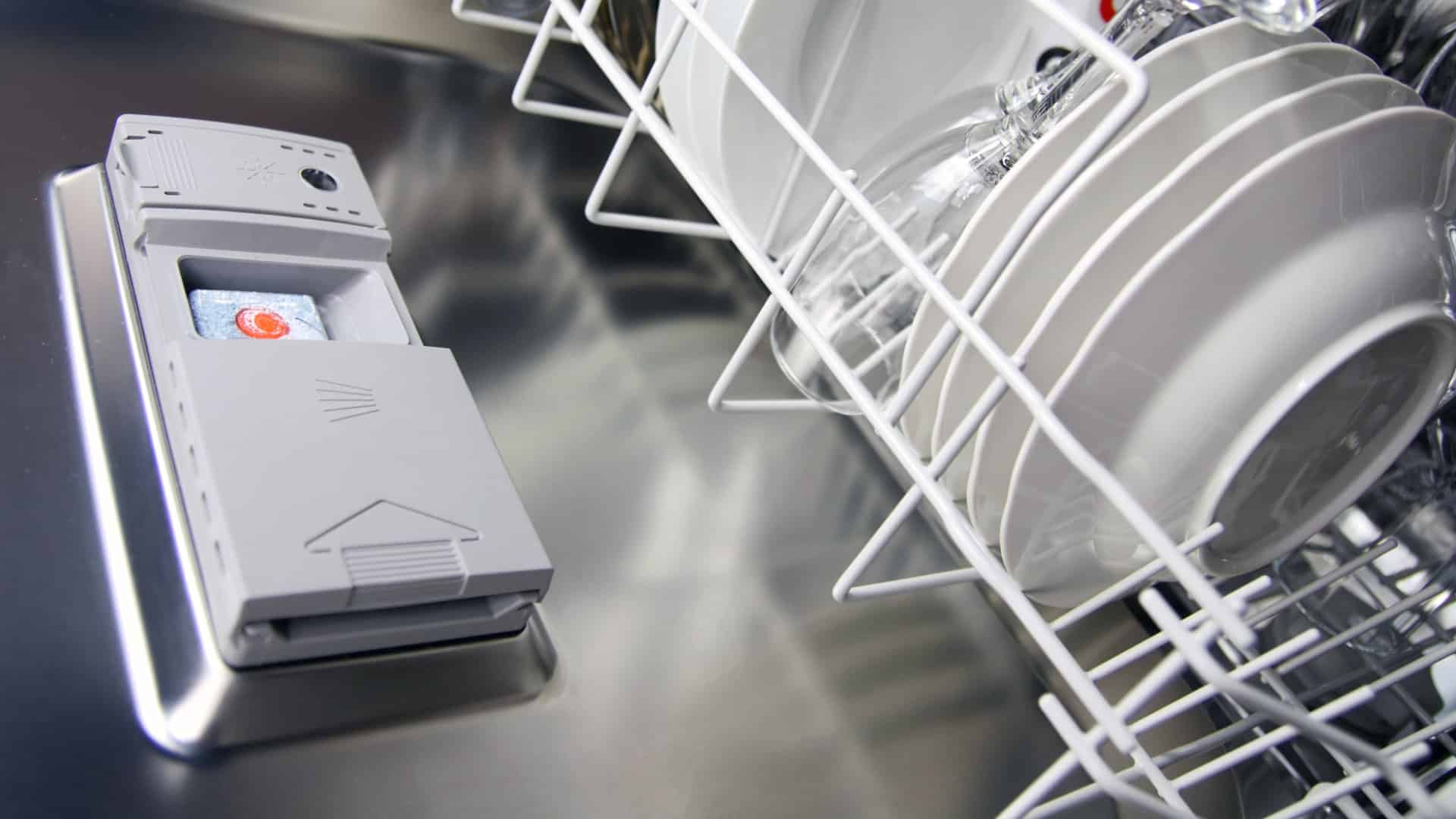
Why Is My Dishwasher Leaking?

How to Solve Electrolux Dryer Error Code E64
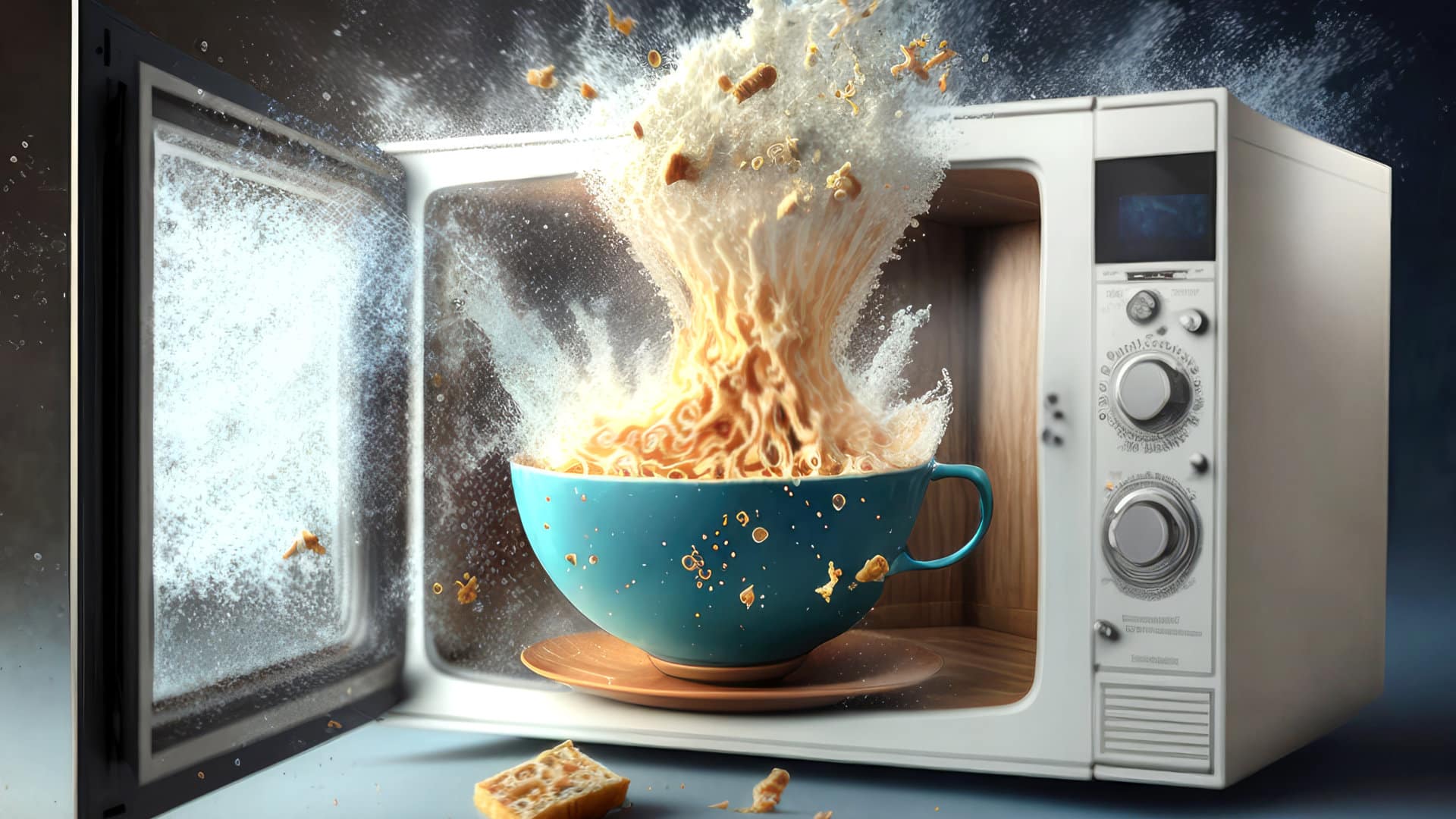
Microwave Light Won’t Turn Off? Here’s Why
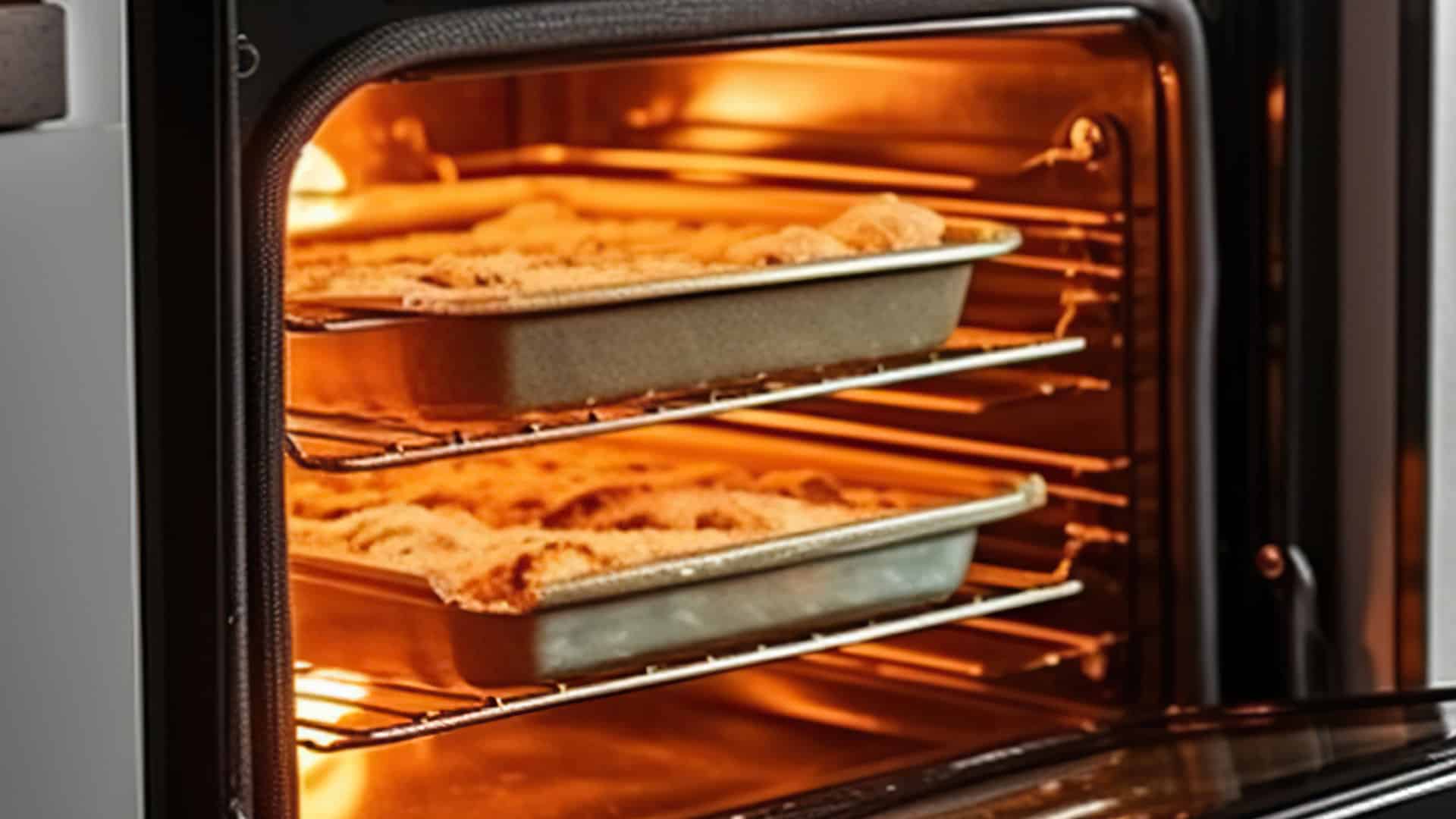
GE Oven F9 Error Code: How to Fix It

How to Use a Self-Cleaning Oven (In 4 Steps)

How To Use a Maytag Top-Load Washing Machine
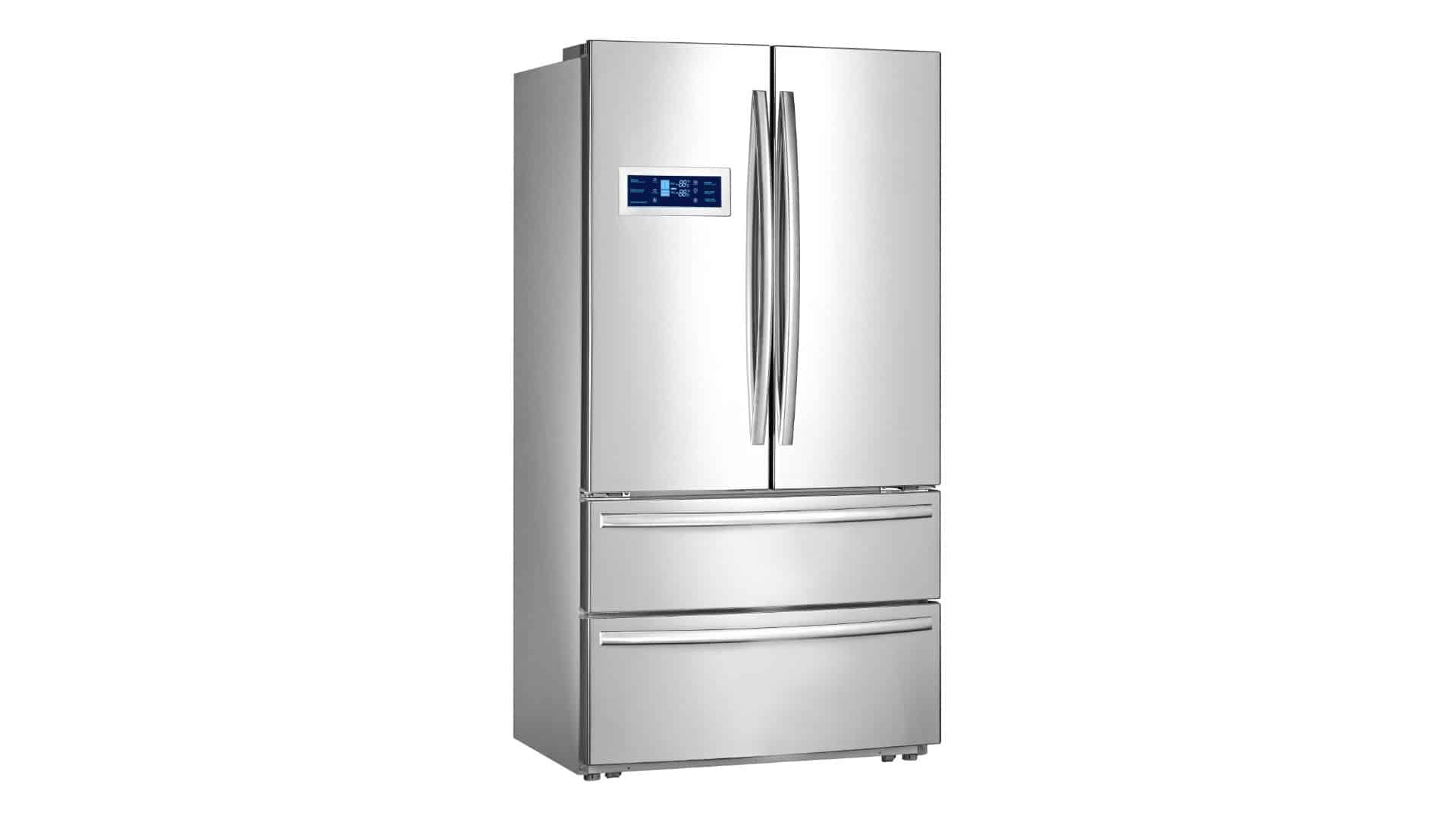
What to Do If Your Samsung Ice Maker Is Not Making Ice

How to Fix a Microwave Turntable That’s Not Turning

How to Wash Pillows in a Washing Machine

How to Fix an Ice Maker That Isn’t Working
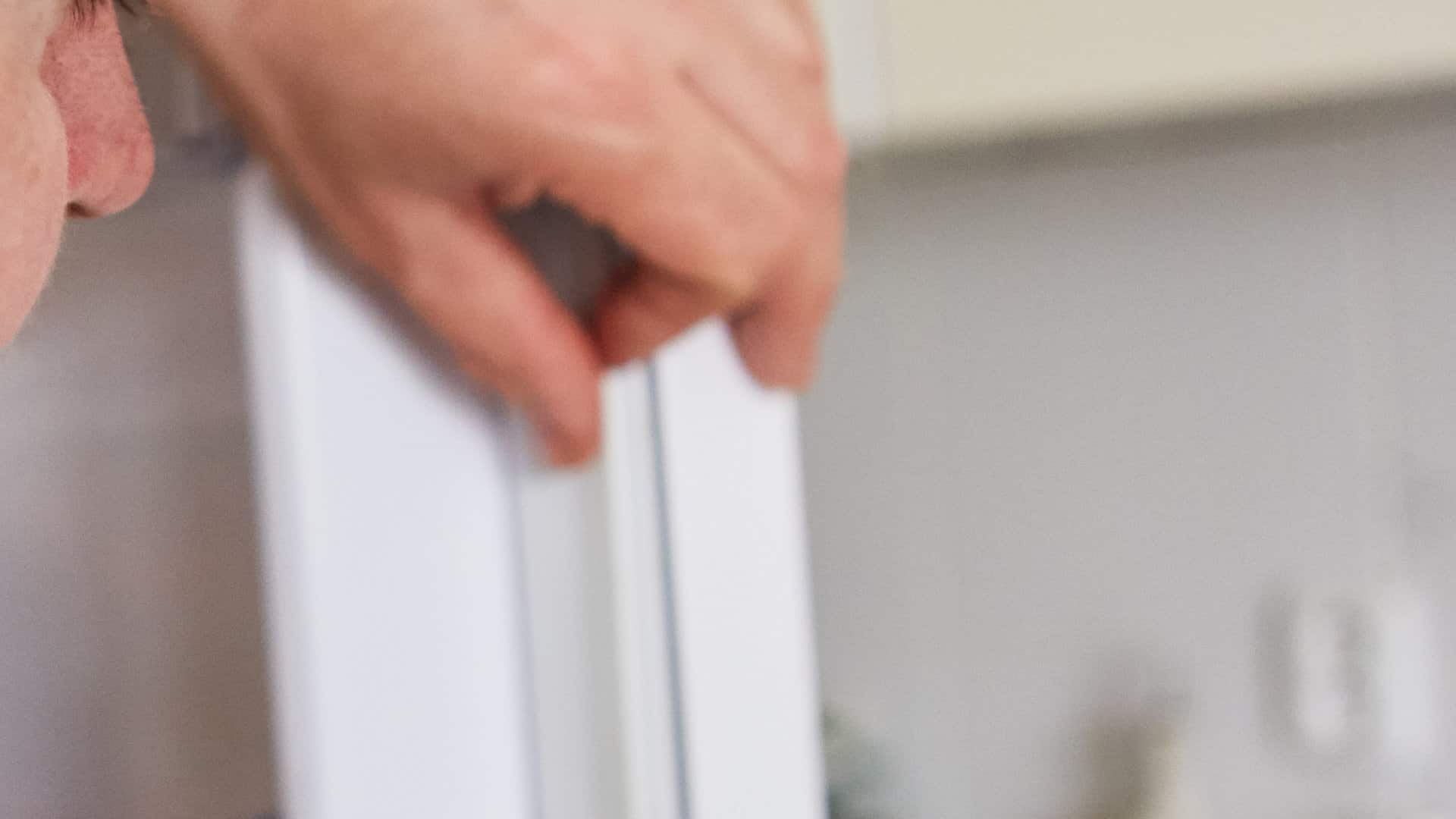
Broken Refrigerator Door Seal? How To Fix It


